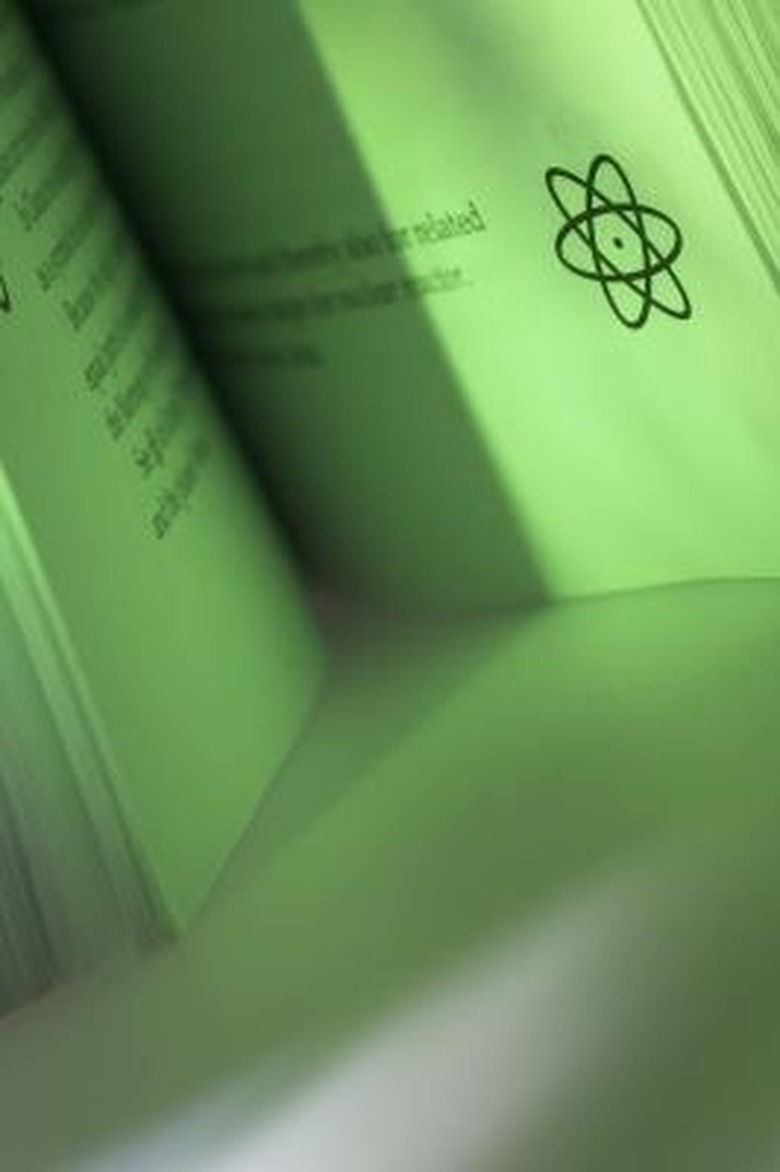How To Find Out If An Element Is An Ion
Atoms are composed of three particles: protons, neutrons and electrons. The nucleus is composed of protons and neutrons, collectively referred to as nucleons, and have positive and neutral charges, respectively. Electrons are located around the nucleus and have a negative charge. All elemental atoms contain the same number of protons and electrons, thus giving them a neutral charge. An ion is any element that contains a different number of protons and electrons resulting in either a positively or negatively charged atom. Identifying whether or not an element is an ion is a very simple process.
Step 1
Identify the charge of the element. The charge of an element is equal to the number of protons minus the number of electrons. The number of protons is equal to the atomic number of the element given in the periodic table. The number of electrons is equal to the atomic number minus the charge of the atom.
Step 2
Refer to an element with either a positive or negative charge as an ion. The charge of the element should always be represented beside the symbol if it is an ion. For example; sodium and chloride ions are written as Na+ and Cl-, respectively.
Step 3
Refer to an ion with a positive charge as a "cation" and an ion with a negative charge as an "anion."
TL;DR (Too Long; Didn't Read)
If an element is neutral, it has no charge designation beside it.
Cite This Article
MLA
Perdue, Matthew. "How To Find Out If An Element Is An Ion" sciencing.com, https://www.sciencing.com/out-element-ion-8556357/. 24 April 2017.
APA
Perdue, Matthew. (2017, April 24). How To Find Out If An Element Is An Ion. sciencing.com. Retrieved from https://www.sciencing.com/out-element-ion-8556357/
Chicago
Perdue, Matthew. How To Find Out If An Element Is An Ion last modified March 24, 2022. https://www.sciencing.com/out-element-ion-8556357/
